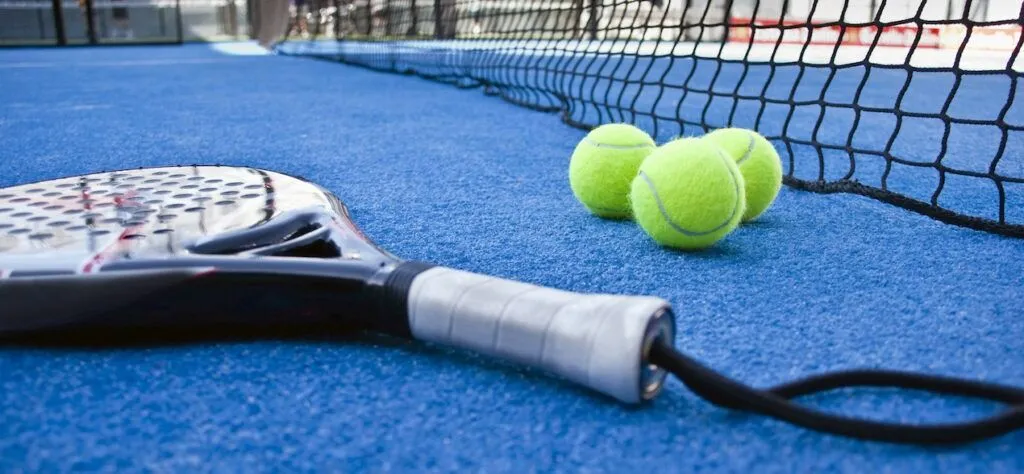

The Rising Influence of Paddle Sports in the Tennis Industry
Paddle sports, particularly paddle tennis and platform tennis, are gaining traction in the sporting world, creating new opportunities and challenges for traditional tennis companies. As the international community becomes increasingly aware of health and wellness, a surge in popularity for these dynamic sports has emerged. This article explores the key players in paddle sports, their relation to tennis, and the impact these sports are having on the tennis industry.
Paddle tennis originated in the United States in the 1920s, whereas platform tennis was developed in the 1930s. Both sports are similar to traditional tennis but are played on smaller courts enclosed by walls. The games utilize solid paddles instead of strung racquets, and they focus heavily on strategic shot placement and quick reflexes. Given their accessibility and a slightly lower barrier to entry, paddle sports have attracted a diverse range of players, from families to professional athletes.
The Rising Influence of Paddle Sports in the Tennis Industry
Wilson, for instance, has introduced a comprehensive line of paddle tennis paddles, designed to enhance player performance while maintaining quality and durability. The brand's expertise in engineering high-performance tennis racquets has allowed them to develop paddles that compete effectively in this emerging market. Similarly, Babolat has followed suit, fostering innovation by incorporating advanced materials and technology in their paddle designs. This convergence of technology and craft speaks volumes about the interconnectedness of paddle sports and tennis.

Additionally, paddle sports are making their representation in the professional arena. Several tournaments are being organized globally, attracting a range of talented athletes who are keen to showcase their skills. Organizations such as the International Paddle Federation (FIP) work tirelessly to standardize rules and create international competitions that promote paddle sports. This professional interest nurtures a self-sustaining ecosystem which benefits both paddle and tennis industries.
The rise of paddle sports also impacts the way tennis companies market their products. With an awareness of multitasking athletes—those who play various racquet sports—brands are adopting a more holistic approach in advertising. This typically involves cross-promotion strategies that highlight the compatibility of equipment across tennis and paddle sports. By focusing on the lifestyle appeal, companies are successfully capturing a broader audience, creating a win-win situation for both sports.
However, the growth of paddle sports presents a competitive challenge to traditional tennis. As more players and facilities shift their focus toward paddle sports, tennis companies risk losing market share if they do not adapt. This competition has led to a renewed focus on innovation and customer engagement among tennis brands. Companies are now investing in research and development to create more versatile products that cater to evolving consumer preferences.
In conclusion, the burgeoning popularity of paddle sports has introduced new dynamics within the tennis industry. By adapting to this trend and expanding their product lines, traditional tennis companies can harness the potential of paddle sports to inspire a new generation of athletes. As the lines between these racquet sports continue to blur, the future is bright for both paddle sports and tennis, opening up exciting possibilities for collaboration, competition, and growth.
Homogeneous Transparent Floor Durable & Stylish Rubber Floor Solutions
Premium Rubber Composite Floor for Ultimate Durability & Safety Rubber Floor Mat Solutions
High-Quality Industrial Flooring Solutions for Factories Expert Installation & Cost Saving
Premium Rubber Brick Flooring Durable & Slip-Resistant
Durable & Non-Slip Rubber Flooring for Gym, Garage, Home
Durable Industrial Flooring Solutions China Padel Install